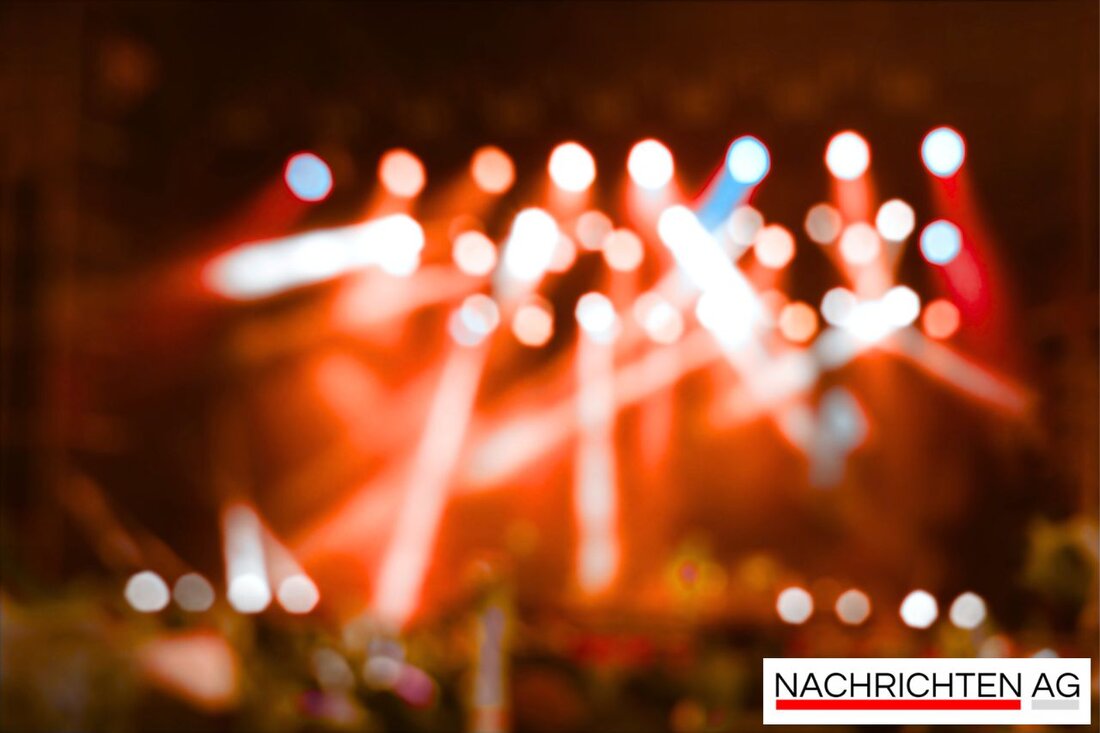GDR dance music and resistance: the cultural battle for the Lipsi!
GDR dance music and resistance: the cultural battle for the Lipsi!
On July 12, 2025, the curtain in Berlin fell - and not without a stir. The "1st Dance Music Conference Lauchhammer", an important event in GDR history, which was launched in 1959, is experiencing an exciting reinterpretation in the TD Berlin. The research theater group lunatics has evaluated the conference documents and brings the action to the stage in a documentary fictional reenactment.
The dance music conference was called by the SED at the time to raise the socialist entertainment culture to a new level. The Lipsi, a dance style, born out of the endeavor to create a German counterpart to the American rock’n’roll, should contain the creeping influence of Western music on the political awareness of the GDR citizens: inside. The idea came from Walter Ulbricht, who courageously strived for international fame.
the Lipsi and its ambitions
The Lipsi, invented by René Dubanski, combines waltz tact with a unique 6/4 stroke and was quickly celebrated as a prime example of socialist national culture. It was originally supposed to find its way into the GDR cultural houses until May 1959. While the state media, above all the party organ "New Germany", praised the new dance as modern and harmonious, acceptance among the young people remained more of a behavior - Rock’n’roll was clearly preferred. Despite the efforts of the SED to make Lipsi popular, this dance disappeared in the sinking after a short time.
What makes the staging so special? It brings the audience directly to the event of the conference, as participants who can vote and actively contribute. Five actors: Inside, the debates at that time slip into different roles and parody. This not only raised the past alive, but also the question: Can art actually be prescribed from above?
A look at the music scene of the GDR
The staging also addresses developments in GDR art between 1959 and 1989, including Wolf Biermann's expatriation and the bans of the band Pankow. Under the influence of the SED government, constant struggle for musical freedom emerged. While beat music was very popular in the 1960s, numerous groups were banned due to supposed aggression. The SED saw a danger to the socialist ideal in western music and tried to secretly walk it according to their norms.
The appearance of western interpreters and the increasing interest in rock music was finally only heavily regulated. So it was not unusual that around 160,000 fans came together at a Bruce Springsteen concert in the GDR in 1988. It was all the more astonishing that the first rock bands, like the Puhdys, achieved a certain freedom in performance.
The question of whether music and art can be measurable and predictable remains a central topic today. It is clear that true creativity cannot thrive in the corridor of political agenda, but that the rebellion and creative expression will always find their place, even in restrictive systems. And that is exactly what the staging impressively brings to the stage.
This is how the evening remains an exciting reflection on the interrelationships of music, politics and society - and the same applies to the question of where our art really stands and goes. An interesting evening that expands the view of the cultural history of the GDR and makes people alive at this time.
| Details | |
|---|---|
| Ort | Lauchhammer, Deutschland |
| Quellen | |


Kommentare (0)